


|

|
www.cjtu.org |
October 2023 |
General MeetingTuesday, October 10, 2023
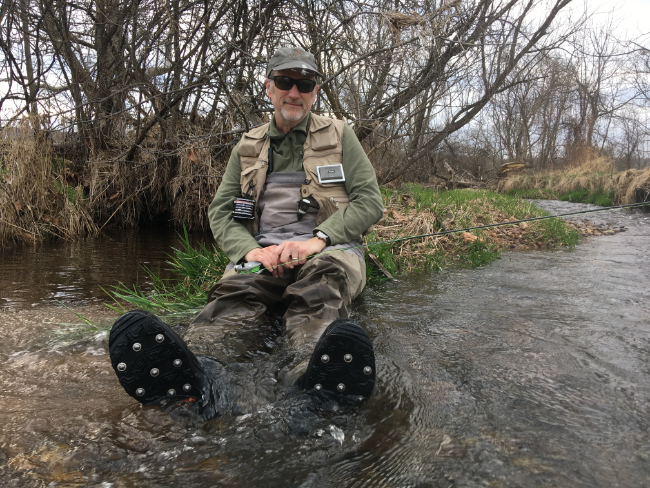
When angler and author Stephen Sautner bought a streamside cabin and some land on a tributary of the Upper Delaware River, he thought he had reached trout fishing Nirvana. Little did he know what was in store for him: a series of historic floods, a land rush over fracking for natural gas, and constant battles with invasive species and other invaders. Sautner will discuss these battles and how they helped him gain a better understanding of the interconnectedness of trout fishing with the natural world and what it means to be an angler in the 21st century. Sautner is the author of three books: “A Cast in the Woods,” “Fish on, Fish Off” and “Upriver and Downstream.” He was a regular contributor to The New York Times “Outdoors” column for more than a decade. His writing regularly appears in The FlyFish Journal, Angler’s Journal, The Drake, Fly Fishing International, and other publications. His recent essay in The Drake on the “slow fishing movement” has resonated with a anglers from all over the world. He has cast a line in more than a dozen countries most recently in the Panama Canal where he still doesn’t want to talk about the tarpon he lost. Locally, Sautner quietly fishes NJ bluelines. He also fly fishes for shad, casts plugs for stripers, and jigs panfish through the ice. You can learn more at www.stephensautner.com or follow him on Twitter: @FishOn_FishOff Meeting LocationAmerican Legion Hall
|
News & EventsSeptember Connetquot River TripCJTU members had a gorgeous day to enjoy a fishing trip to the Connetquot River on Long Island this last Wednesday. Perfect cool summer weather, many landing double digits of trout during the day, and just enjoying being outdoors on a truly picturesque stream. Hope to do this again ! 


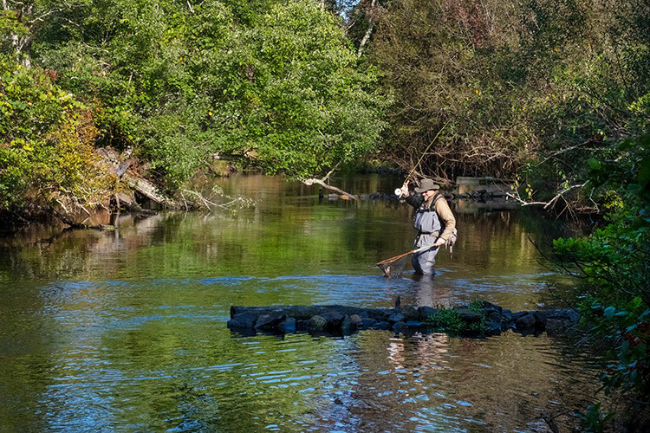

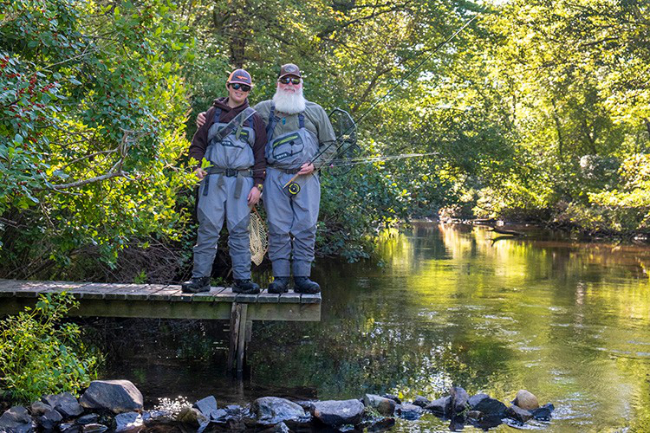
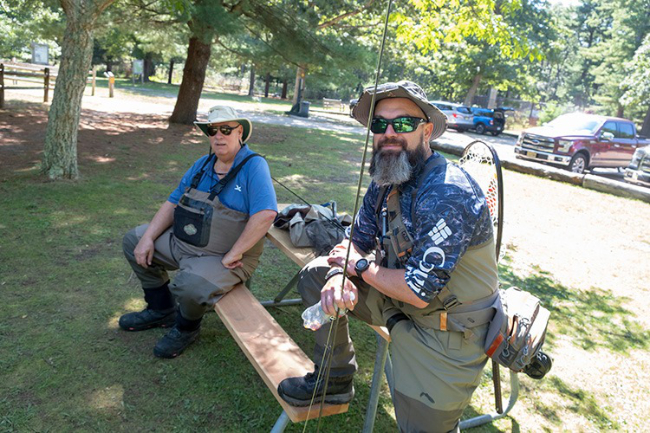
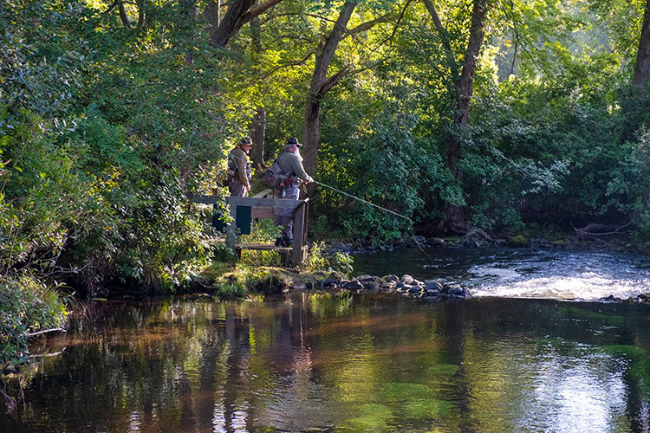

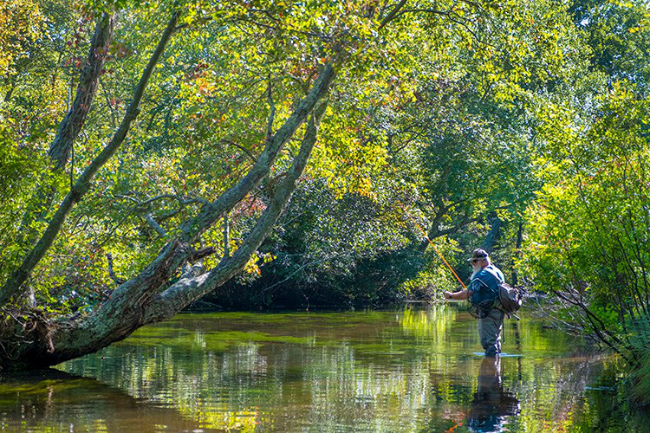
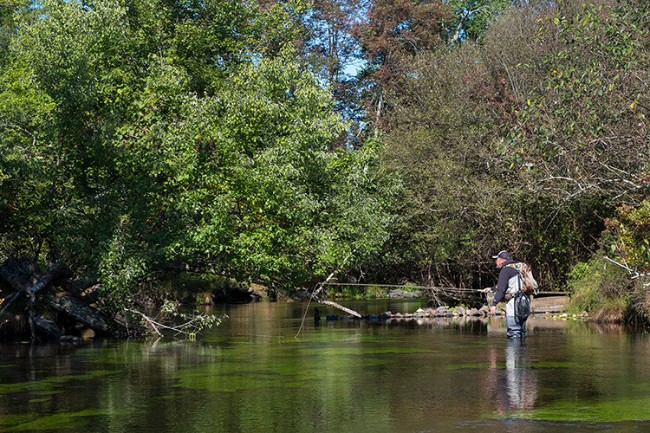
Temple University Campus OutreachOn Thursday, September 14th, 2023, CJTU helped run a campus outreach program at Temple University in Philadelphia, PA with representation from TU, TU Costa 5 Rivers College Clubs, Southeast Montgomery TU, Conservation Voters of PA, PA Fish and Boat Commission and the Casting for Recovery Eastern PA Program.  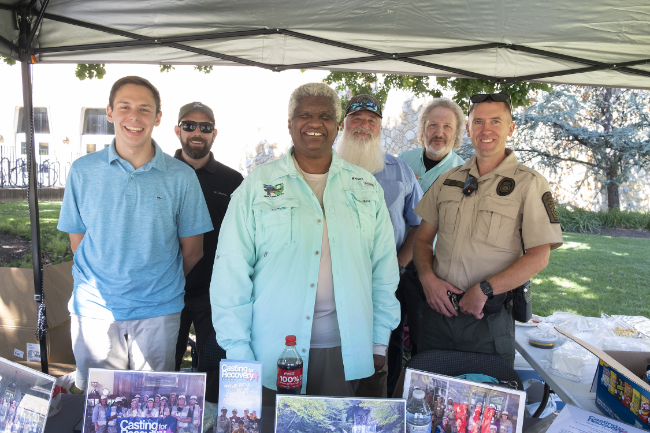 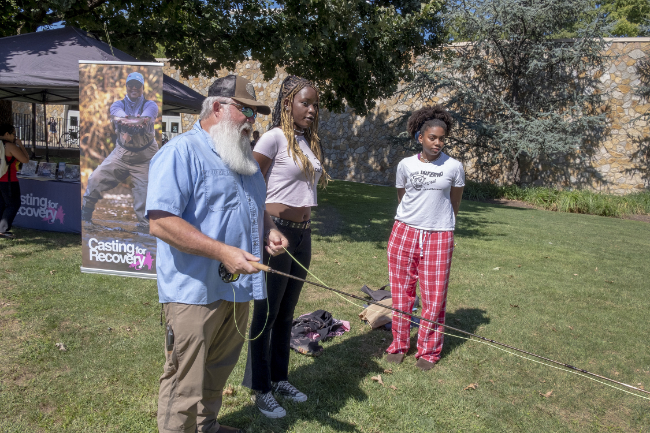 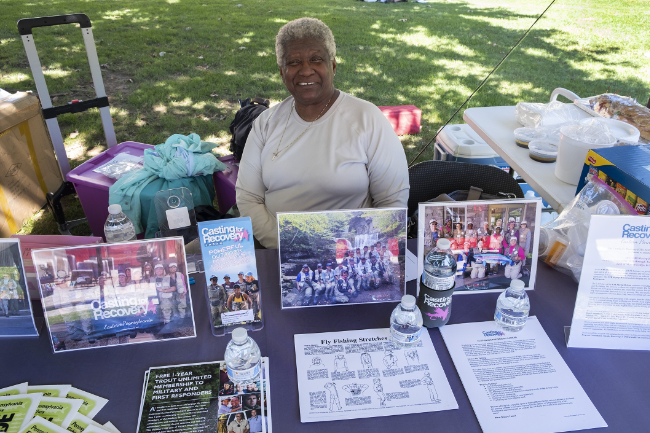 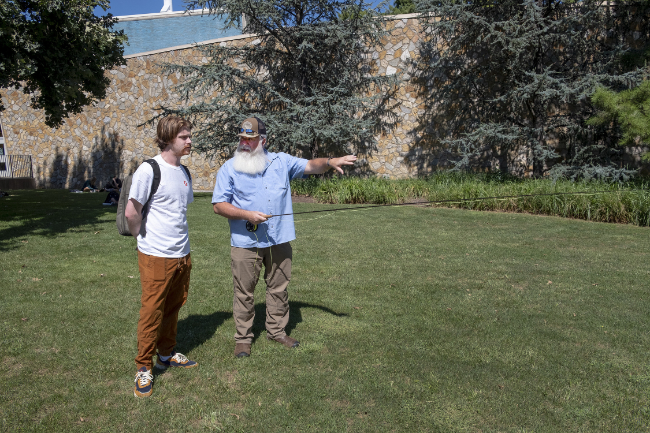 Fly of the MonthLaid-Back DamselTied by Bill Ninke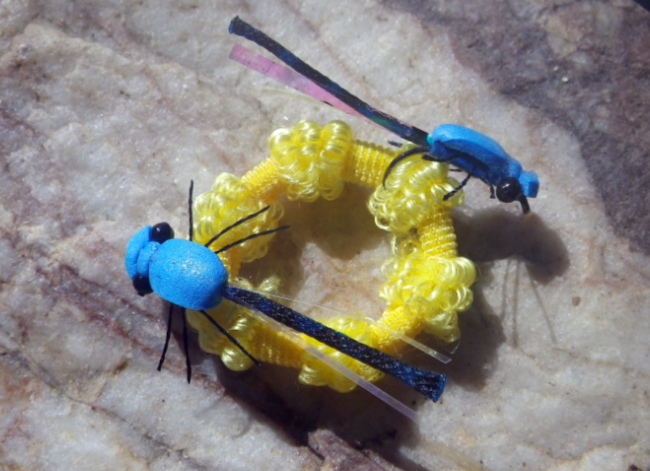
Stillwaters in the Rockies, all the way from British Columbia down to New Mexico, have dense populations of damsel flies. Most fishing for trout in these waters is with a nymph. But the Rockies can have high winds and, on the occasions when these are up, blow line fishing with dries is popular. Gary Borger, in his book “Presentation”, was one of the first to write about this and created a now well-known pattern to be used for such fishing, the Braided-Butt Damsel. He describes this pattern in his book “Fly Design” and on the internet ( https://www.garyborger.com/flies-and-fly-tying/braided-butt-damsel ). The pattern had a large parachute hackle wing which catches the wind when blow lined but can severely twist your tippet when cast. Even though we have local reservoirs with both trout and damsels (Round Valley and Spruce Run), we don’t have the winds of the Rockies so no blow line opportunities here. While Borger’s pattern can be cast on a heavy tippet to reduce twisting, I’ve found this month’s pattern, the “Laid-Back Damsel”, to be more effective for casting locally. The pattern is the creation Larry Gallegos, a retired lawyer from Denver. Like many retirees he has the time to think about fishing problems and design and test fly patterns to solve them. I first discovered the background for the creation of his pattern in his entry in the AvidMax Fly Shop Blog for the past May 30th. Since reading this entry (https://blog.avidmax.com/2023/05/30/laid-back-damsel) I’ve tied his pattern and a number of variations. Being boat-less, I’ve been testing these on the park and farm ponds of our area and on the warmwater sections of the South Branch of the Raritan river. The sections near Stanton Station and Blackpoint Roads have many damsels and eager smallmouth bass. In his pattern, Gallegos has retained the body from Borger’s pattern which is made from Cortland 50 lb braided nylon backing line colored damsel blue with a marker. Borger gives detailed instructions for making them. If you don’t have this material, you can buy pre-colored Adult Damsel Material from Hareline. Just cut into 1-3/4 inch sections and flame fuse one end. The other end is teased apart slightly before tying on the hook. The distinguishing feature for Gallegos’s pattern compared to the plethora of other dry damsel patterns, however, is the wing. Tiers have recognized over the years that wings oriented perpendicular to the body not only don’t mimic the way a natural damsel holds its wings but are also really just propeller blades. Patterns tied with such wings are great tippet twisters. So tiers have usually used hackle tips tilted back in a V shape for wings. But I have found that you have to be very careful in selecting and tying in such wings. Too wide or slightly twisted hackles still can also act as propeller blades. Gallegos has solved this problem by using saltwater pearl flashabou tied in a narrow backward facing V for the wings. This gives natural looking translucent wings that minimized twisting. The tying instructions provided below are mostly as Gallegos presented them in his blog entry. The only real change I’ve made is in preforming the wings before tying them in which seems quicker to do than tying in the wings separately as he does. A nonconsequential change is the use of black metallic embroidery floss (DMC310) in place of black Krystal Flash for the legs. The floss separates into 6 strands and three are used for legs. I like the floss since it is more flexible than the flash and gives a bit more movement to the pattern. But the flash works fine. As for fishing instructions, I’ve found that letting the pattern just sit for a short time after it hits the surface and then quivering it slight is extremely effective. Since twisting is not a big problem you’ll be able to use a small tippet(4-5x). So set carefully. Bet you don’t the first time. Oh well, it’s a quick tie once you have all the materials assembled. Click here for the recipe! |
Central Jersey Trout Unlimited’s Supporters |